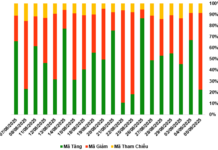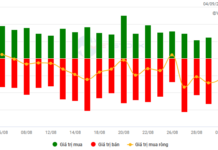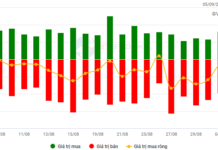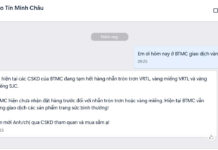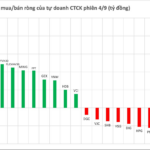With the direction of the education sector in recent years, there has been a focus on applying information technology in many fields, including the transition from traditional teaching methods to more flexible models such as e-learning, blended learning… to enhance thinking abilities, creativity, and the initiative of both teachers and students. In addition, it helps save and optimize study time, giving teachers more time to improve their expertise and better understand students.
However, the application of technology in general and e-learning in particular in the education environment still faces certain constraints that limit the speed of digital transformation. Currently, the Learning Management System (LMS) platform is widely used in schools and educational organizations to organize classes and online courses. The deployment process of an LMS platform in a specific school may encounter difficulties and limitations beyond the school’s expectations.
So how is the implementation of LMS in a specific school?
The LMS platform is basically a web application that the school can purchase a license for and then install and maintain on its own server (or self-host). The school will have full control over all the activities of the LMS and can customize the features to suit its specific needs. The school can even set up access restrictions to the software, for example, only those connected to the school’s internal network (or VPN) can use the LMS.
However, there are some difficult issues to address, such as data backup, server software updates, and scaling to multiple servers. A common situation is that the number of students is not fixed at different times. A typical example is that there will be a lot of students accessing the LMS website during the registered class time from 8 am to 10 am, some months or one course in advance. Many initial servers are not prepared for this “task”, so it is easy for the LMS to not operate stably and meet the high volume of simultaneous student access during the “hot” time slots.
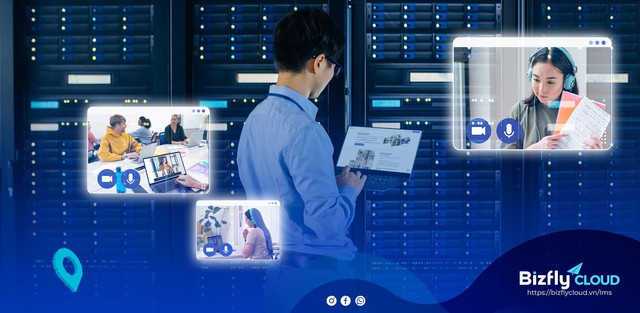
To ensure smooth operation of the LMS and avoid congestion during peak hours, additional servers need to be added. The disadvantage of the self-host LMS solution is that it takes a certain amount of time to deploy (typically 2-4 working weeks), as the new servers need to be purchased, set up, and fully configured. In addition, the self-host LMS cannot be expanded without professional technical support. This means that the responsibility will increase as the school has to handle all the tasks, including monitoring access traffic, resource calculation for estimation, adding machines to the system to handle increasing access, regular monitoring to ensure no viruses, attacks, troubleshooting hardware errors, regular maintenance, etc.
To free the school from these time-consuming and complex tasks, it is necessary and useful to choose the service of hosting the LMS system on the existing infrastructure of the provider. The Cloud LMS Hosting solution provides the school with a complete server system with automatic scaling feature to increase or decrease the number of machines according to the actual number of students at each specific time. The Cloud LMS Hosting solution, researched and provided by Bizfly Cloud, is the first in Vietnam to help deploy server infrastructure for Moodle LMS extremely simple and fast, optimize costs, where the school only needs to install the application, and Bizfly Cloud will take care of all the operation tasks to ensure maximum quality.
The benefits of deploying on the Cloud Computing platform are that the school does not have to worry about installing, updating, and managing servers. The requirements for stability during the course, resource expansion or reduction (RAM, CPU, Disk…) for the number of students studying at the same time (CCU – Concurrent User) are all optimally guaranteed.
Instead of having to purchase, self-install, self-administer, and self-assure, now the school only needs to operate on the control panel interface with only about 20% of the effort when self-hosting.

Cost is also a barrier when deploying LMS in schools
To self-host an LMS on the school’s system, a shopping list needs to be prepared.
First is the server, which needs to be set up with an operating system and network connectivity to provide web content for learners. In this case, the school’s IT department will be responsible for purchasing and setting up the entire server system.
The web server and database server serve the web applications and store corresponding data.
The mail server is used to send and receive emails, this setup is necessary for certain LMS features such as notifications…
However, this is only the basic setup and depending on the needs, the school may need to add additional features for the e-learning system when self-hosting. This leads to the technology team unable to foresee the complexity of the underlying architecture, for example, file data can be stored in external storage services, there may be a need to deploy multiple web servers and databases, along with a CDN (to ensure the transmission of high-quality images and videos) and a Load Balancer (to balance the load for servers). This also increases the investment cost for LMS when developing these important components.
Bizfly Cloud provides enterprises with a complete infrastructure solution for all LMS usage needs, with operations on the control panel with just a few clicks or by sending support requests to a team of experienced engineers. This simplifies the entire deployment process and operation of the infrastructure below and eliminates the cost of developing these complex technologies.
The solution provides usage registration in the form of CCU packages or configuration packages, and payment based on actual usage. Register now to experience for FREE and receive attractive incentives.

